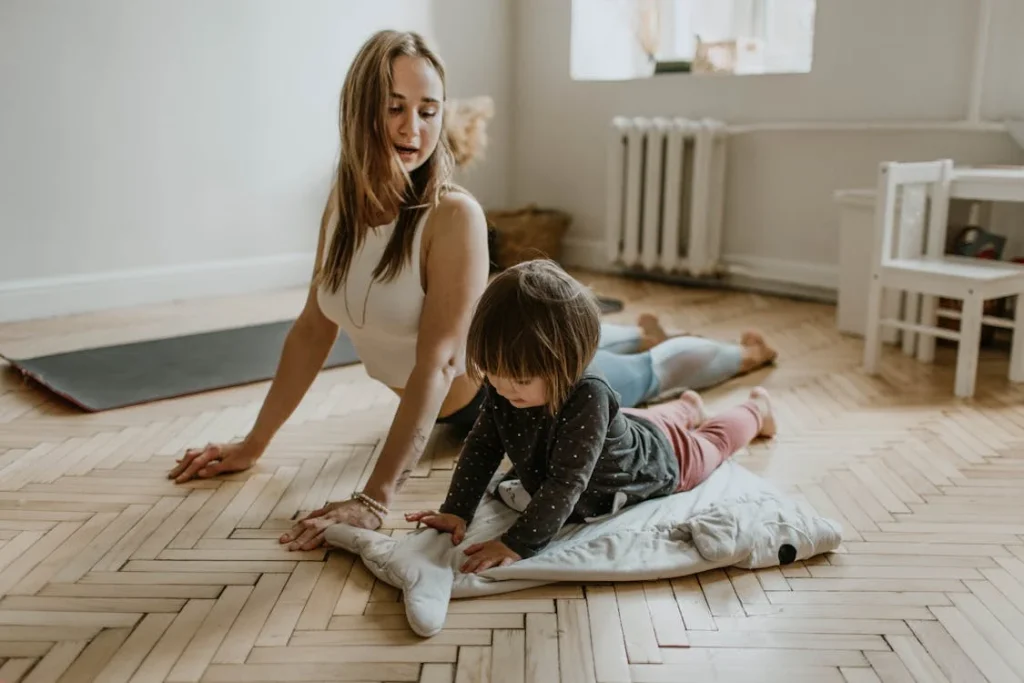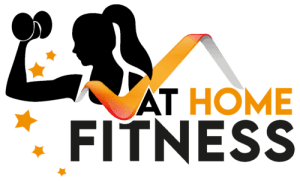
Are you ready to revolutionize your fitness routine with functional exercises? In this comprehensive guide, we’ll explore the principles, benefits, and essential movements of functional training, along with practical tips and examples to help you integrate functional exercises into your daily life.
What is Functional Exercise?
Functional exercise is a type of training that emphasizes movements and exercises that mimic real-life activities and improve the body’s ability to perform everyday tasks efficiently and safely. These exercises target multiple muscle groups and joint actions, promoting functional strength, mobility, and coordination. Unlike traditional weightlifting exercises that isolate individual muscle groups, functional exercises focus on integrated movements that translate directly to activities of daily living.
By incorporating functional exercises into your workout routine, you can enhance your overall fitness level, improve movement quality, and reduce the risk of injury during daily activities. Whether you’re a seasoned athlete, an older adult, or someone looking to improve functional strength, functional training offers a versatile and effective approach to achieving your fitness goals.
What is an Example of a Functional Exercise?
One example of a functional exercise is the farmer’s carry. This exercise involves holding a heavy object in each hand, such as dumbbells or kettlebells, and walking for a predetermined distance or time. The farmer’s carry targets the muscles of the core, shoulders, and grip strength, simulating the action of carrying groceries or lifting heavy objects in daily life.
Personal Example: For instance, incorporating functional exercises like walking lunges and plank walkouts into my workout routine not only improved the way looked physically but also my strength and stability and enhanced my performance in activities like hiking and playing with my dogs.
Understanding Functional Exercises
Functional exercises are movements that mimic real-life activities and engage multiple muscle groups to improve strength, mobility, and stability. Unlike traditional isolated exercises, functional training focuses on enhancing overall functional fitness, making it ideal for individuals of all ages and fitness levels.
Personal Example: Personal Example: Incorporating functional exercises like squats and lunges into my daily routine not only improved my strength and flexibility but also made everyday tasks like lifting heavy groceries, gardening and bending down to tie my shoes feel easier and more natural.
The Science Behind Functional Fitness: Benefits and Principles
Functional fitness offers a multitude of benefits, including improved balance, coordination, posture, and injury prevention. By training movements rather than individual muscles, functional exercises help prepare the body for the demands of daily life and sports activities, enhancing overall performance and quality of life.

Functional Exercise Essentials: Core Concepts and Movements
Functional exercises often involve compound movements that engage multiple joints and muscle groups simultaneously. Examples include squats, lunges, deadlifts, push-ups, and rows. These exercises focus on improving movement patterns rather than isolating specific muscles, promoting functional strength and mobility.
Functional Movement Patterns: Key Exercises for Everyday Activities
Functional exercises target movement patterns commonly used in daily activities, such as squatting, bending, pushing, pulling, and rotating. By training these fundamental movement patterns, you can improve your ability to perform daily tasks with ease and efficiency.
Mobility and Flexibility: Enhancing Functional Movement
Mobility and flexibility are essential components of functional fitness. Incorporating exercises that improve joint mobility and flexibility, such as yoga poses and dynamic stretches, can help enhance functional movement and reduce the risk of injury.
Home Equipment and Props for Functional Workouts
You don’t need fancy gym equipment to perform functional exercises. Simple props like resistance bands, stability balls, and foam rollers can enhance your workouts and add variety to your routine, even in the comfort of your own home.
Progression Strategies: Advancing Your Functional Fitness Routine
As you become more proficient in functional exercises, you can gradually increase the intensity, duration, and complexity of your workouts to continue challenging your body and achieving new fitness goals.
Functional Back Exercises: A strong and resilient back is essential for maintaining proper posture and preventing injury. Functional back exercises target the muscles of the back, core, and shoulders to improve stability and support spinal alignment. Examples include bent-over rows, Superman exercises, and stability ball back extensions.
Functional Exercises for Older Adults: As we age, maintaining functional fitness becomes increasingly important for independence and quality of life. Functional exercises for older adults focus on improving balance, flexibility, and mobility to support daily activities and reduce the risk of falls. Examples include chair squats, heel-to-toe walks, and seated torso twists.
If you are looking for some more advanced ways to become healthier visit my store to find something that will suit you and help you reach your fitness goals at home. Alternatively give me a call to book a session.
Can you do functional training at home?
Yes, functional training can be easily done at home with minimal equipment. Bodyweight exercises, resistance bands, and household items can be used to create effective functional workouts that target multiple muscle groups.
How do I start functional training?
To start functional training, focus on incorporating movements that mimic everyday activities into your workouts. Begin with simple exercises like squats, lunges, and push-ups, and gradually progress to more challenging movements as you build strength and confidence.
How many days a week should you do functional training?
The frequency of functional training depends on your fitness goals, schedule, and individual preferences. Aim to incorporate functional exercises into your routine at least two to three times a week to see improvements in strength, mobility, and overall functional fitness.



